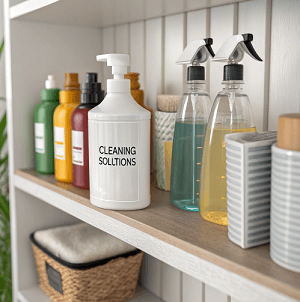A comprehensive study involving over 4,000 pregnant women across the United States has uncovered significant racial and ethnic differences in exposure to potentially harmful chemicals during pregnancy. The research, conducted as part of the Environmental influences on Child Health Outcomes (ECHO) Cohort, focused on environmental phenols and parabens, which are commonly found in personal care products and household items.
The study revealed that non-Hispanic Black and Hispanic pregnant women had higher levels of certain chemicals in their urine compared to their non-Hispanic White counterparts. Specifically, these groups showed elevated concentrations of 2,5-dichlorophenol, a metabolite found in mothballs and deodorizers, as well as methyl, ethyl, and propyl parabens, which are used as preservatives in foods and personal care products.
Interestingly, non-Hispanic White participants had the highest levels of benzophenone-3, a UV-filtering chemical commonly found in sunscreens. This disparity persisted even when accounting for educational levels, suggesting that factors beyond socioeconomic status play a role in chemical exposure.
Dr. Michael S. Bloom, the study’s lead author, emphasized the potential implications of these findings: “These exposure differences may partially account for racial and ethnic disparities in perinatal health outcomes.” The research team noted that the use of personal care products marketed specifically to non-White populations might contribute to higher chemical exposures.
The study’s results underscore the need for further investigation into the sources of these disparities and their potential health impacts. As the scientific community continues to explore the links between chemical exposure and health outcomes, this research highlights the importance of considering racial and ethnic factors in environmental health studies and interventions.
See: “Racial and ethnic differences in prenatal exposure to environmental phenols and parabens in the ECHO Cohort” (February 15, 2025)



